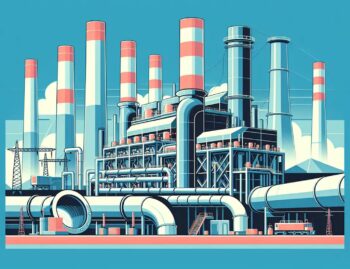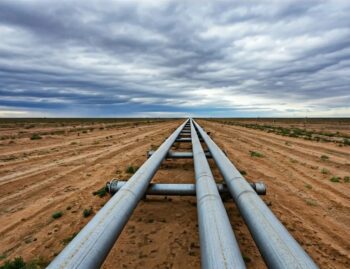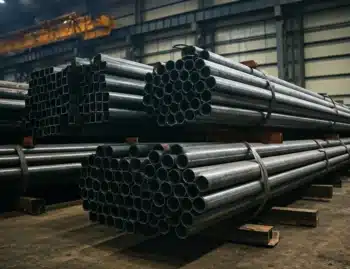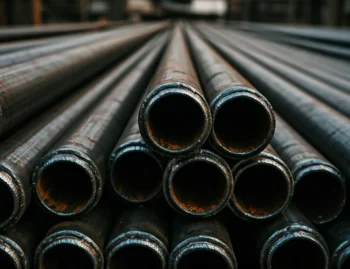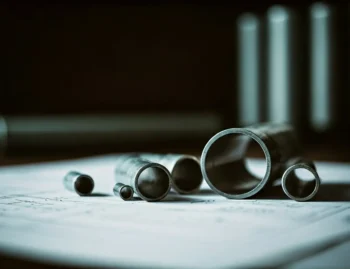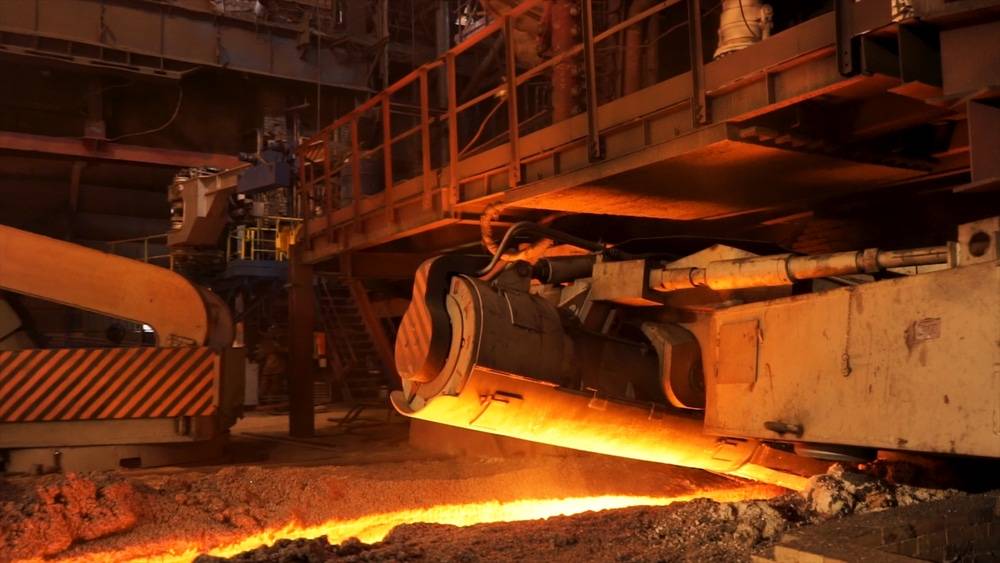
The beauty of steel is that it can be recycled an endless amount of times without losing its strength and durability. This property makes it a very popular building material today as we look towards using more eco-friendly materials. Thus, the impressive sustainability of steel means it’s the world’s most recycled material. From the mining of raw materials to make brand new steel to recycling the material to be repurposed, here are the main aspects of the steel life cycle.
Mining & Extraction of Raw Materials
In order to make steel, raw materials like iron ore, coal, and limestone must be mined and extracted from the Earth. This stage of the steel life cycle can have environmental impacts, but modern sustainable mining practices have been implemented over recent years to mitigate these effects. Plus, as more existing steel is recycled and fewer new steel products need to be made, there is less of an environmental impact from these mining practices.
Ironmaking
Once the raw materials have been mined, the next step in the steel life cycle is iron production. The iron ore gets processed in blast furnaces or direct reduction processes to produce iron, the primary raw material in steel.
Steelmaking
The iron gets further refined and alloying elements like carbon, manganese, and others get added to create steel. The different ratios of these alloying elements will enhance the properties of the steel to make it less corrosive, more durable, or stronger, among other characteristics.
Product Fabrication
During the next stage, the steel can be formed into a variety of different shapes and products, depending on what the use of the steel will be. Such products can include steel pipes and tubes, fittings and flanges, beams, sheets, and more.
Product Use
Steel products get put to use in a wide range of applications, from construction and automotive manufacturing to consumer goods and more. The strength and durability of steel are what contribute to its sustainability at this stage, as there is typically less wear and tear of steel once it’s in use compared to other materials that require a good amount of maintenance and upkeep.
Recycling
Though the material is quite durable, steel products will eventually reach the end of their useful life. This is where the sustainability of steel shines, as it is one of the most recycled materials in the world with recycling rates often topping 90%.
Scrap steel is collected and processed to produce new steel products without compromising on quality or strength. Once it’s arrived at recycling facilities, the steel is melted down and used in new steel production. All in all, recycling steel consumes less energy and resources than primary steel production.
Repurposing
Even if old steel products do not get recycled, they can be reused and applied in new applications. For instance, using reclaimed steel beams in construction is a common design choice that gives new life to old steel products.
Disposal
Steel is highly recyclable. However, some steel products may eventually need to be disposed of and end up in landfills. Even still, the high recycling rate of steel means it contributes less to landfill waste than many other non-recyclable materials.



